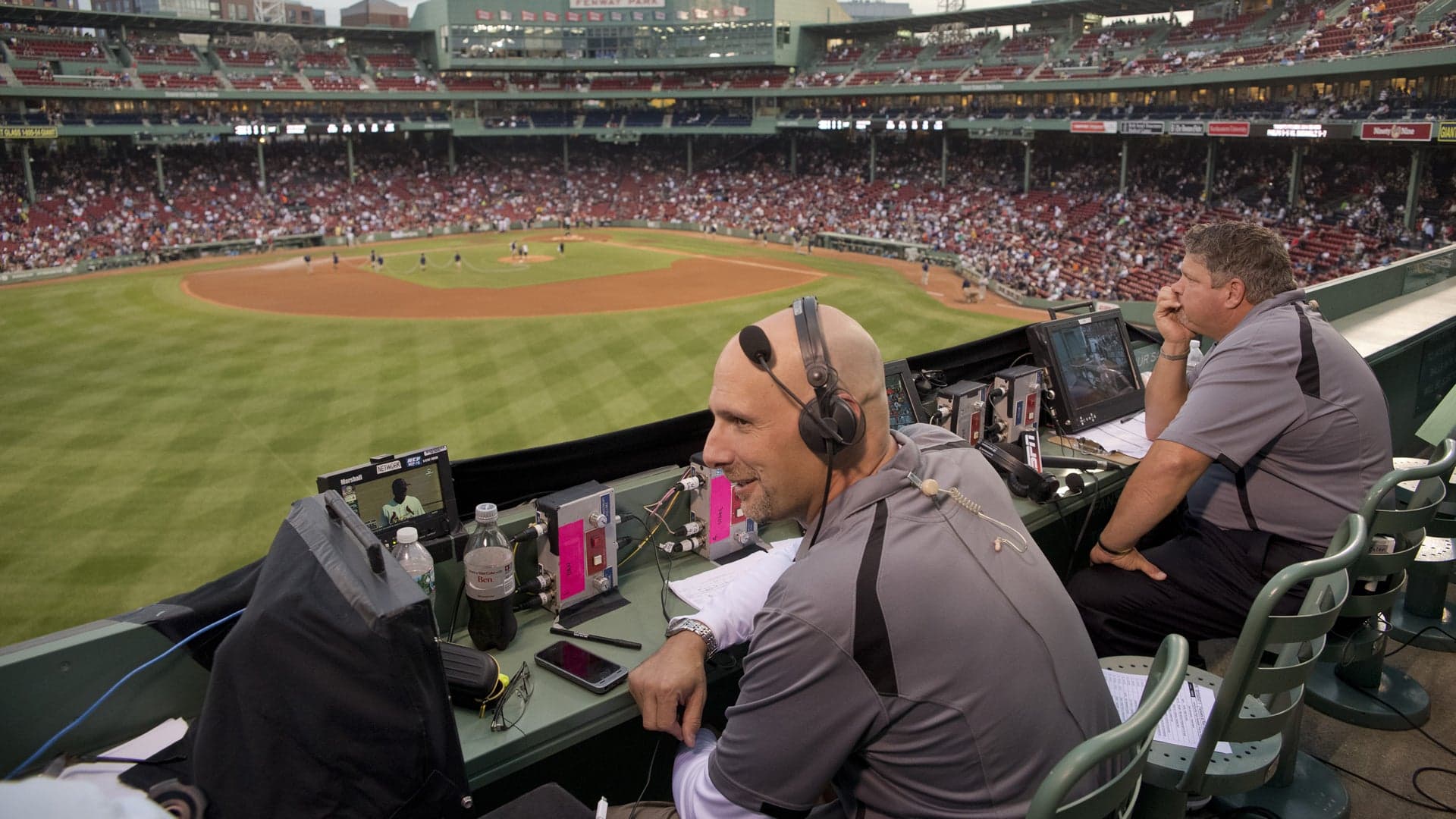On August 26, 1939, the first televised Major League baseball game is broadcast on station W2XBS, the station that was to become WNBC-TV. Announcer Red Barber called the game between the Cincinnati Reds and the Brooklyn Dodgers at Ebbets Field in Brooklyn, New York.
At the time, television was still in its infancy. Regular programming did not yet exist, and very few people owned television sets—there were only about 400 in the New York area. Not until 1946 did regular network broadcasting catch on in the United States, and only in the mid-1950s did television sets become more common in the American household.
In 1939, the World’s Fair—which was being held in New York—became the catalyst for the historic broadcast. The television was one of the fair’s prize exhibits, and organizers believed that the Dodgers-Reds doubleheader on August 26 was the perfect event to showcase America’s grasp on the new technology.
READ MORE: How a 1921 Baseball Radio Broadcast Marked the Dawn of Sportscasting
By today’s standards, the video coverage was somewhat crude. There were only two stationary camera angles: The first was placed down the third base line to pick up infield throws to first, and the second was placed high above home plate to get an extensive view of the field. It was also difficult to capture fast-moving plays: Swinging bats looked like paper fans, and the ball was all but invisible during pitches and hits.
Nevertheless, the experiment was a success, driving interest in the development of television technology, particularly for sporting events. Though baseball owners were initially concerned that televising baseball would sap actual attendance, they soon warmed to the idea. In particular, they embraced the possibilities for revenue generation that came with increased exposure of the game, including the sale of rights to air certain teams or games and television advertising.
Today, televised sports is a multi-billion dollar industry, with technology that gives viewers an astounding amount of visual and audio detail. Cameras are now so precise that they can capture the way a ball changes shape when struck by a bat, and athletes are wired to pick up field-level and sideline conversation.
READ MORE: Who Invented Baseball?

